Hold on. No way. Is this a new blog post?
That’s right, folks – I’ve actually gotten my arse into gear and started writing for this website again! I’m two months behind and still stuck in France (I’m really writing this from my homestay family’s summer house in Croatia) but I’m sure I’ll be able to catch up somehow.
This post is from all the way back in June, when I decided to pop over to Marseille for the day. Two weeks after returning from London (when I was very sick after walking in the rain for hours without protection) I decided to put my exploring-more-of-France-plan into action. It was more expensive than I might have hoped, but absolutely worth it. If there’s anything I’ve learnt on this trip, it’s that good experiences don’t have a price.
Marseille was gorgeous, and I had a lovely day exploring the city.
Chateau d’If
My first port-of-call (because it’s on the sea – get it?) was Chateau d’If. I didn’t know much about the island fortress except for what I was told in my Traveler’s Bible, but I was determined to check it out. I had written up a tight schedule (as per usual) and tried to cram as many things into the day as possible. Potentially, Chateau d’If wasn’t the best first choice as it took up a lot of my time, but I had a great time anyway.
I took the ferry out (which was a hilarious situation in itself, because the driver ripped my ticket so much I was scared I wouldn’t be able to return back with the same one and would be stuck on the island forever) from Marseille out to the fortress. It was fantastic going out, as I saw beautiful views of the city and its famous forts from the water.
The fortress truly is an impressive sight. It’s all white stone and imposing walls, winding roads and soaring towers. Chateau d’If is a barren, old sort of place that holds a lot of memories. I got a little emotional there, actually.

It’s beautiful, in a sad sort of way.
Here’s a bit of history (from what I remember):
In general, it’s a really interesting place. I learnt a ton about the fortress and found it rich with history and emotion. I wandered around for an hour or so, losing myself in the inescapable walls of the castle. It struck me as a little sad that a place that had seen so much death was faced with the beautiful views of Marseille in the distance.
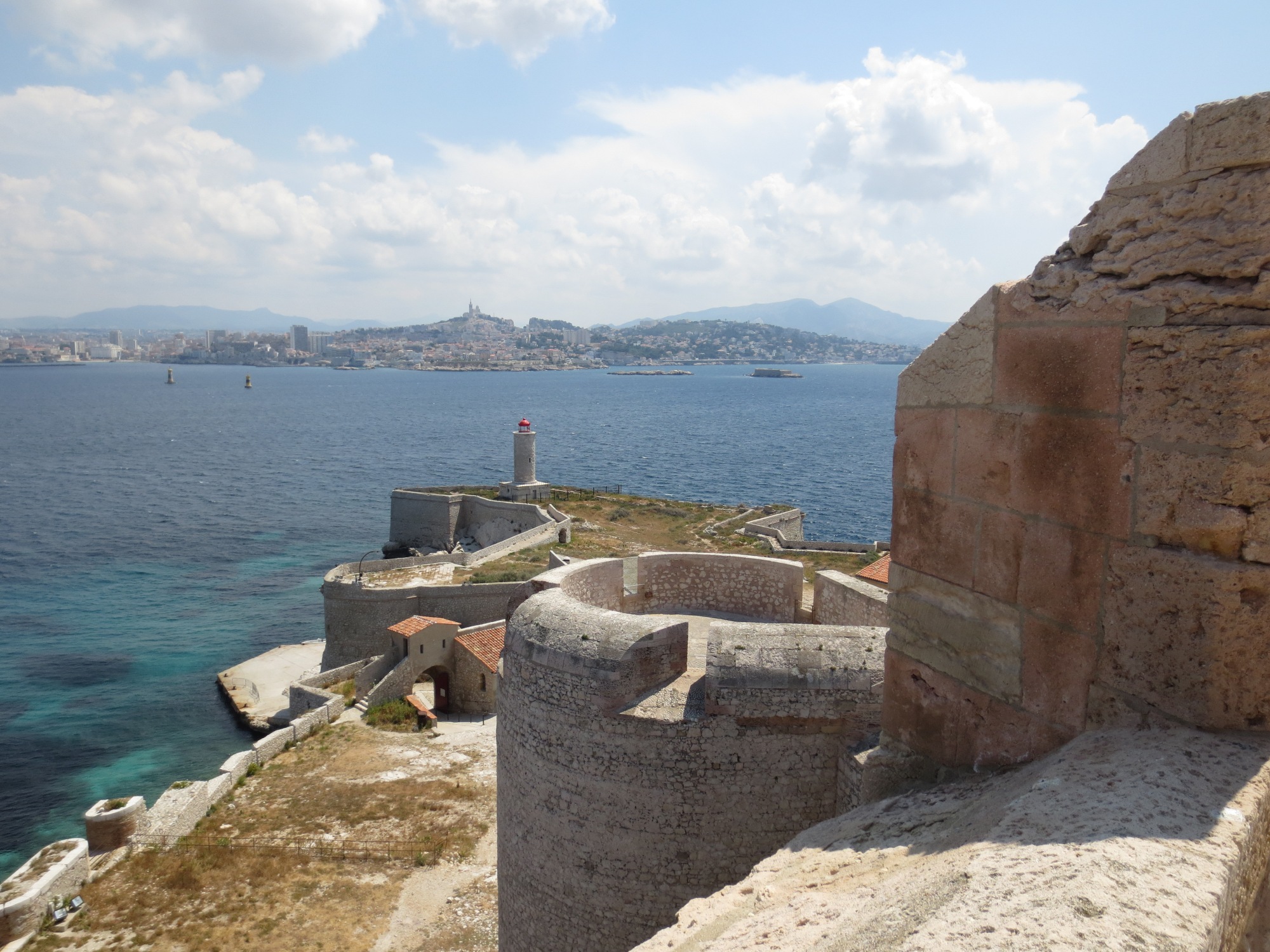
I’m so poetic.
Jardin du Pharoah
After I successfully managed to use my ferry ticket and get back to civilisation, I bought lunch and decided to go for a wander to the Jardin du Pharoah. In classic Heather fashion, I completely underestimated the distance and walked for who-knows-how-long to the gardens. The Jardin itself was fairly nice, but I wasn’t there for the greenery; I was there for the view.
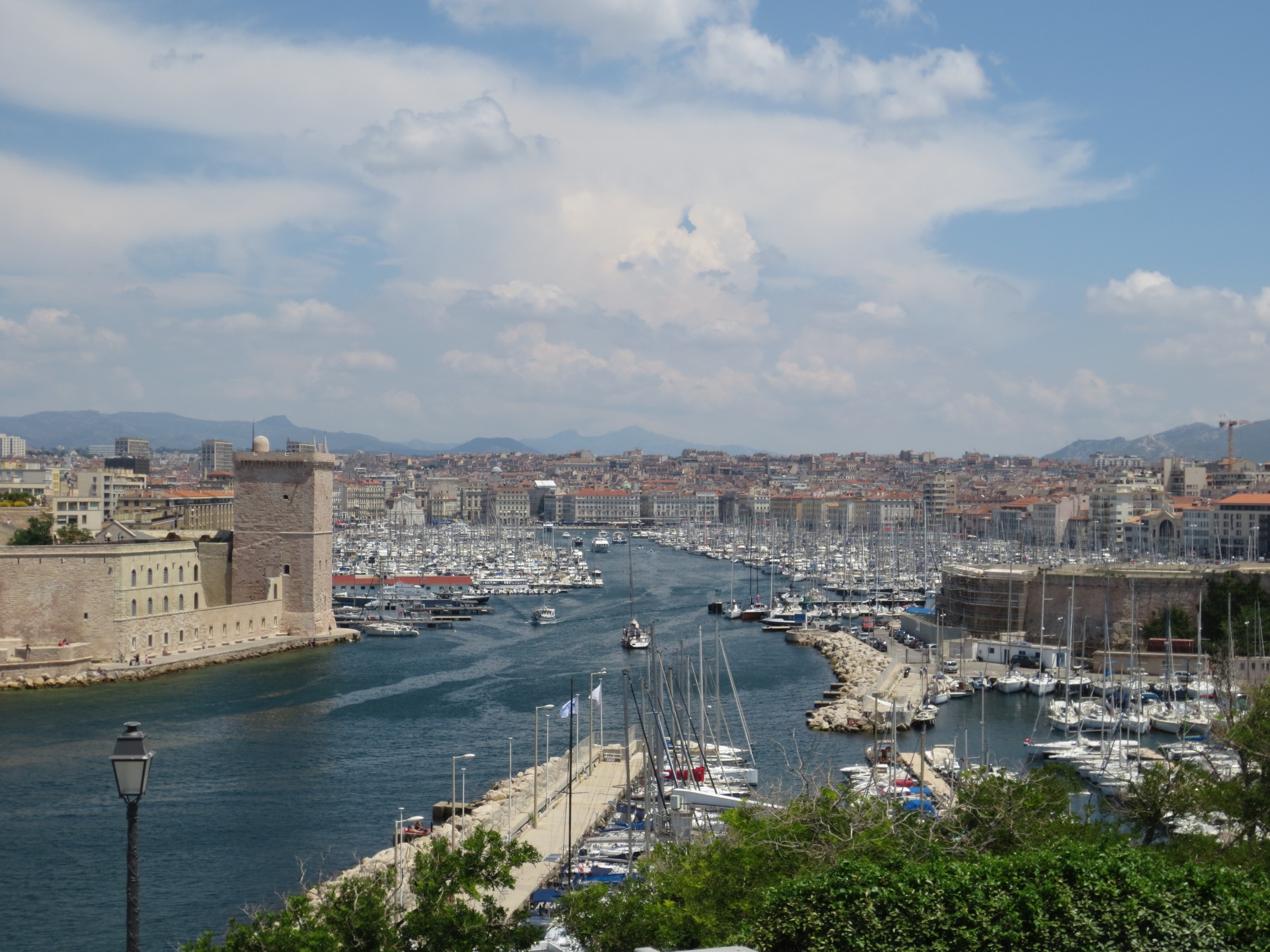
Pretty nice, right?
Unfortunately, it wasn’t near anything else of interest except for the huge Basilique Notre Dame de la Garde perched over the city, so I decided to make my way over there. I thought that I could walk for a bit and reach the church, then head back down to the Old Port and see other stuff, but that wasn’t the case. I asked an old lady for assistance (I blame the awful Southern French accent for my inability to understand, but really, my French was just awful) and somehow managed to get onto a bus going in the other direction. When I got into the centre, I realised I didn’t have that much time left and headed to Marseille’s famous museum, fort and Cathedral du Majeur.
Fort St-Jean and the gorgeous museum
For the first time in the history of ever, I only explored the exterior of a museum and had no intention of going inside.
Fort St-Jean and Fort St-Nicholas guard the entrance of Marseille from attack. I had the chance to wander up to Fort St-Jean and view the Vieux Port from its walls, which was absolutely magical. You can’t do much but wander, but it’s a really nice part of the city and I loved being so high up.
The truly special part of this area, however, is MuCEM – the Musée des Civilisations de l’Europe et la Méditerranée. It’s an absolutely spectacular building, and a work of art in itself – a woven box of metal on the seaside. I wandered across the bridge and stood underneath its filigree-style roof for ages, soaking in the modernity and beauty of the new museum. It was even nice to leave MuCEM, as the winding ramp down to the bottom is trapped in between the gorgeous outer shell and the inner shell, where the museum is located. I felt like I was a work of art myself, experiencing the way that the light filtered through the spaces in the metal and fell upon me.
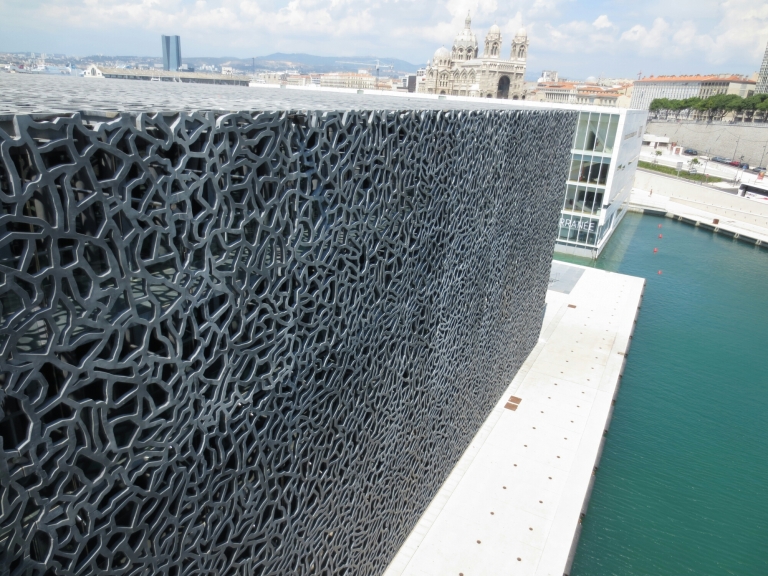
My favourite ever museum. It’s so gorgeous!
Cathedral de Majeur
Marseille’s beautiful cathedral has become one of my favourite cathedrals in Europe.
Of course, Lyon’s Basilique de Fourviere will always be number one for me, but the gorgeous subtlety of Marseille’s lesser-known cathedral captured my heart. From the ferry, I found the striped façade absolutely stunning, and decided to make my way over there rather than get terribly lost looking for the Basilique Notre Dame de la Garde. I’m so glad I went, because I found my time in the cathedral to be a very spiritual experience.
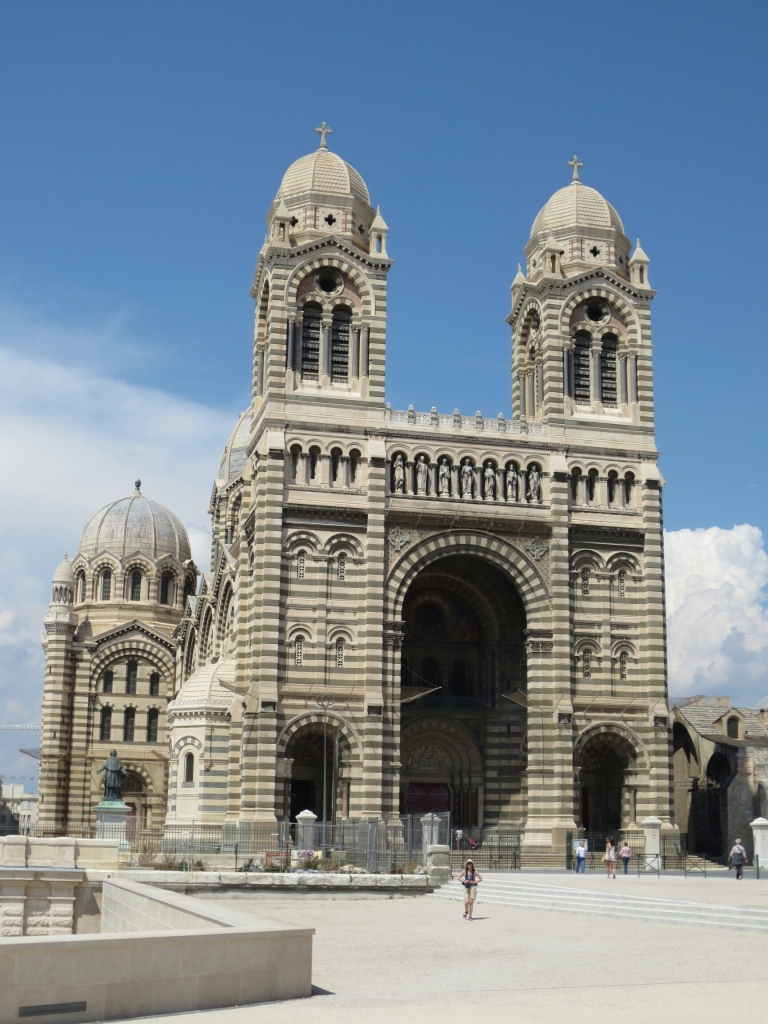
I’m a huge fan of the whole striped thing.
The inside is incredible, and built in beautiful marbles in different shades of rose, red and cream. It didn’t have the heavy Renaissance-style paintings and overuse of gold that most European churches seem to have; instead, it seemed quite modern and lovely to me.
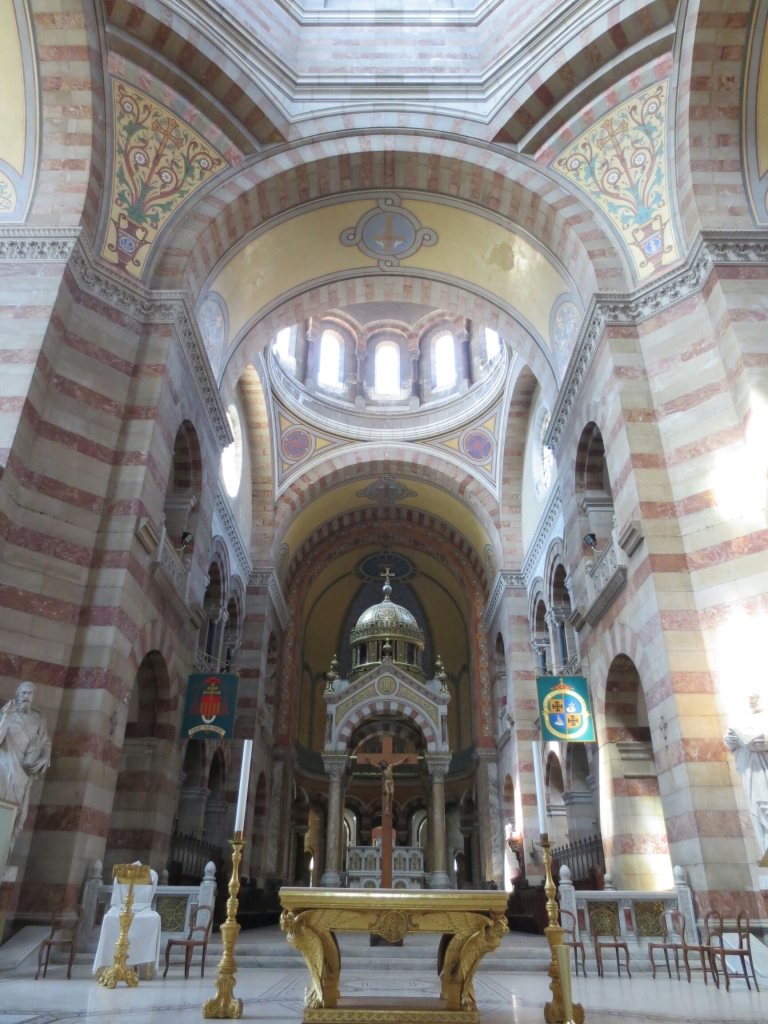
I just wish I was better at photography so I capture the beauty of it properly.
I was feeling terrible about not visiting Marseille’s more famous cathedral until I realised that now I have something left to see the next time I come to France.
My day was fairly uneventful after that; I caught the train home without issue and stumbled into bed. My experience in Marseille was tiring but incredible, and I’m looking forward to going back and seeing more of the city next time I’m in France!
Featured photo is of MuCEM, because one photo of the beautiful museum just isn’t enough.
